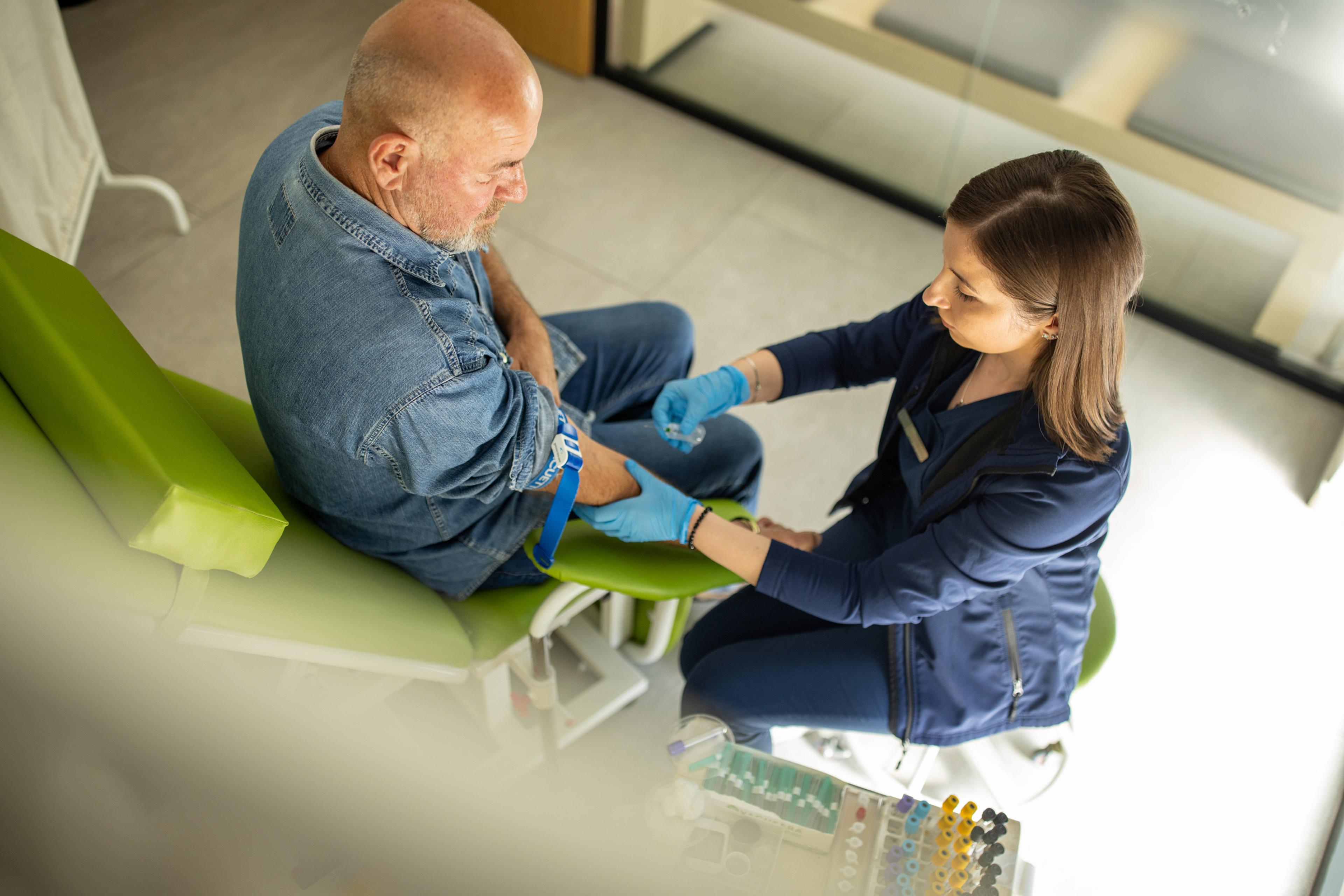What to Know about C-Sections

Lindsay Knake
| 3 min read
Lindsay Knake is a brand journalist for Blue Cross Blue Shield of Michigan.

As one in almost every three births in the United States is a cesarean delivery (C-section), it’s something you or a loved one may experience during childbirth.
A C-section is a surgical procedure that delivers a baby through an incision made in the abdomen.
You might need a C-section if:
- The labor isn’t progressing normally.
- The baby is in distress or in an unusual position.
- The parent or child has a health concern, such as a heart or brain condition.
- There is a twin or triplet pregnancy.
- There is an abnormality with the placenta or umbilical cord.
- There is an abnormality in the birth canal.
- You have a history of a C-section or uterine surgery.
A C-section is considered a “major” surgery, according to the Mayo Clinic, and it does have risks:
- Breathing problems for infants
- Infection
- Blood loss or blood clots
- Adverse reaction to anesthesia
- Surgical injuries to other organs
How do I plan for a C-section?
If you have health concerns before birth, your health care providers can determine your need for a C section based on physical exam, blood tests, and imaging studies (such as a fetal ultrasound) may recommend blood tests and checkups to determine whether you are a candidate for a C-section.
For a planned procedure, you will receive IV fluids and a urinary catheter prior to surgery.
Whether it’s scheduled or an emergency surgery, most C-sections are done with regional anesthesia, numbing only the lower part of your body, so you’ll be awake during the procedure. However, the health care team at some hospitals will pull a curtain across your abdomen so you don’t view it.
After your baby is born, you can request to hold the baby immediately for bonding.
What is the recovery for a C-section?
You will typically have to stay in the hospital for 2 to 3 days following a C-section. In the days following your C-section, you may experience bleeding, fatigue, nausea, and pain. The hospital staff will work with you to help you walk.
To heal, you’ll want to rest, don’t twist as you move, and don’t lift more than 15 pounds for a few weeks. Wait a week or two to drive a car and at least six weeks to have sex.
You will need follow-up visits with your doctor, typically at two weeks and six weeks post-partum. If your incision becomes very red or swollen, or if you develop a fever that could be a sign of infection.
Who is more at risk during a C-section?
Race is a factor in childbirth complications and C-sections. Black, Asian and Latina women are all more likely than white people to experience childbirth complications. From 2020 to 2022, nearly 37% of Black woman underwent C-sections compared to about 31% of white women.
Other higher risk groups for C-section include people who have diabetes, underlying cardiac conditions, or diabetes.
To prepare, learn about maternal warning signs and seek attention immediately if you are experiencing them. Work with your health care team and support systems during and after pregnancy and stay in communication with them if something feels wrong.
Having a C-section can increase the risk of complications in future pregnancies, so choosing one should be a careful decision for you, your family, and your doctor.
Image: Getty Images
Related:





